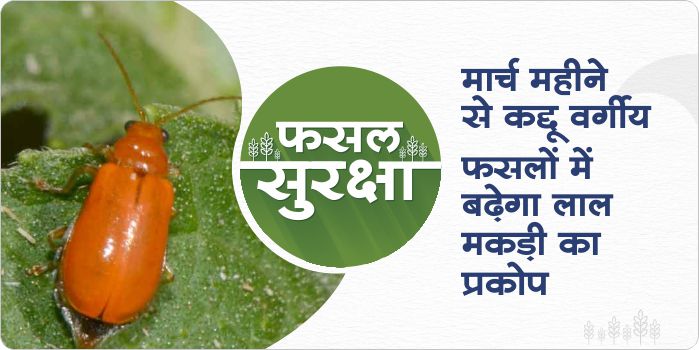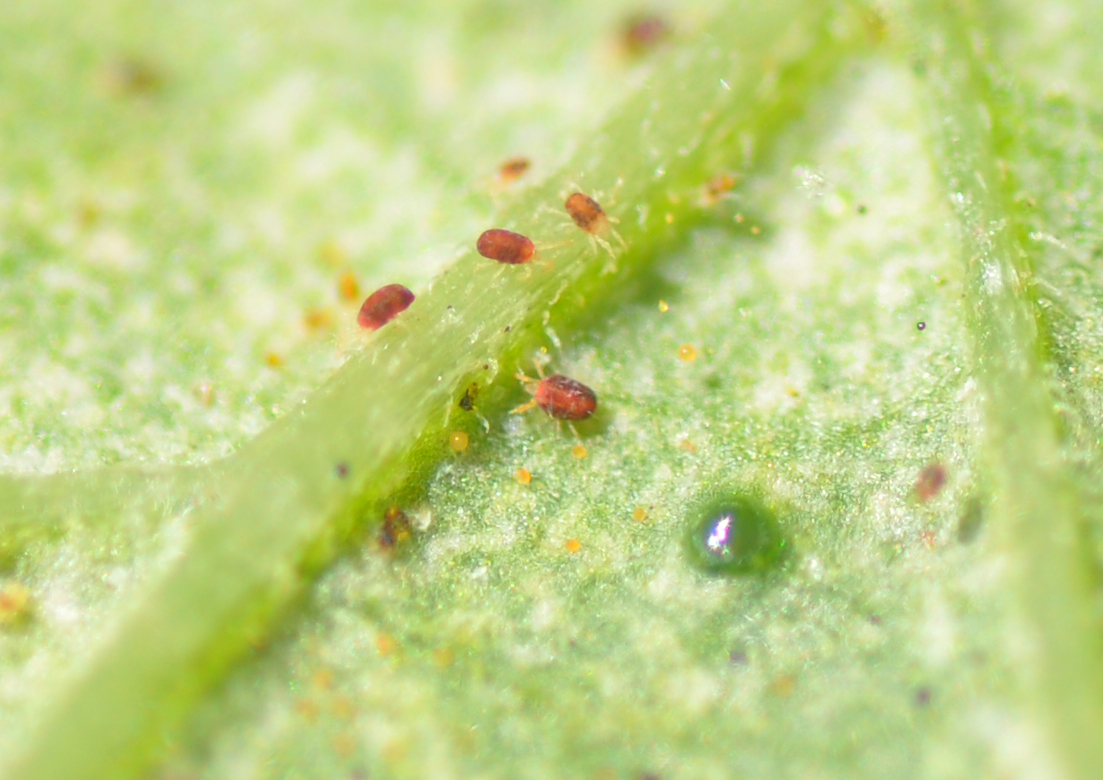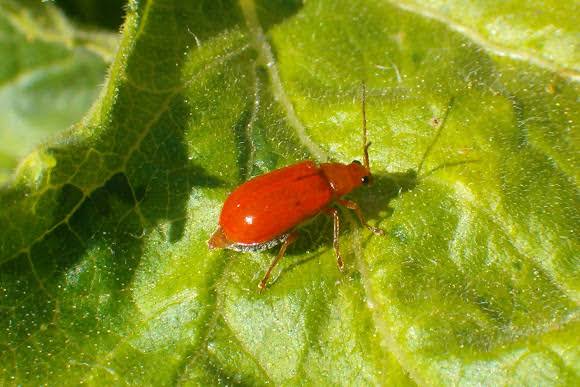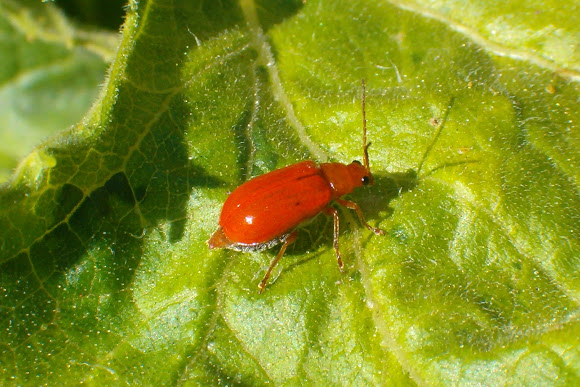Skip to content
- The heavy attack of this insect occurs before the monsoon.
- Its infestation is more visible on the lower surface of the leaves.
- This insect lays eggs near the veins of the leaves.
- In heavy infestation of this insect, the leaf becomes bright yellow
- For the control of this pest spray Propargite 57%EC @ 400 gram/acre or spiromesifen 22.9% SC @ 200 ml/acre or Abamectin 1.9% EC @ 150 ml/acre
- Along with this, use Beauveria Bassiana @ 250 gram/acre as a biological treatment.
Share
- Collect and destroy infested fruits.
- Flytraps (pheromone traps) can be set to prevent egg-laying by fruit flies.
- Maize plant s grown in the field are effective as flies rest on such tall plants.
- Deep ploughing should be done to expose hibernating stages of fruit flies.
- spray dichlorvos 76% EC 250 to 500ml/acre or
- Lambda Cyhalothrin 4.9% CS @ 200 ml/acre. or
- Profenofos 40%EC + Cypermethrin 4 %EC @ 400 ml/acre
Share
- The worm bores into the fruits and sucks the sap.
- Infected fruits fall after decaying.
- These flies prefer tender fruits for egg-laying.
- The fly bore a hole into the fruit to lay her eggs inside it. Fruit Juice can be seen coming out from these holes.
- This also results in distorted and malformed.
- The maggots feed on the pulp of fruits as well as on the immature seeds and cause premature dropping of fruits.
Share
- The red spider mites are 1 mm. long and can be difficult to see by necked eyes.
- Spider mites live in colonies on the undersurface of leaves.
- Larvae, nymphs and adults of mites lacerate leaves from under surface.
- They suck the cell sap resulting in the production of white patches between Vines and leaves.
Share
- Destroy the remains of the old crop.
- if the insect appears in the early stage of the crop, destroy them by hands.
- Spray Cypermethrin 25% EC 150 ml/acre + Dimethoate 30% EC 300 ml /acre or
- Carbaryl 50% WP 400 gm/acre at fortnight intervals starting from 25 days after sowing to control the pest.
- Spraying with Dichlorvos (DDVP) 76% EC @ 250-350 ml/acre gives satisfactory control of the pest.
Share
- The grubs feed on the roots and underground portion of host plants and fruits touching the soil.
- After damaging of roots, a portion of stems start rotting due to secondary infection by saprophytic fungi, and the unripe fruits of such vines dry up.
- Infested fruits become unfit for human consumption.
- Adult beetles feed voraciously on leaf lamina making irregular holes.
- They prefer young seedlings and tender leaves and the damage may even kill the seedlings.
Share






